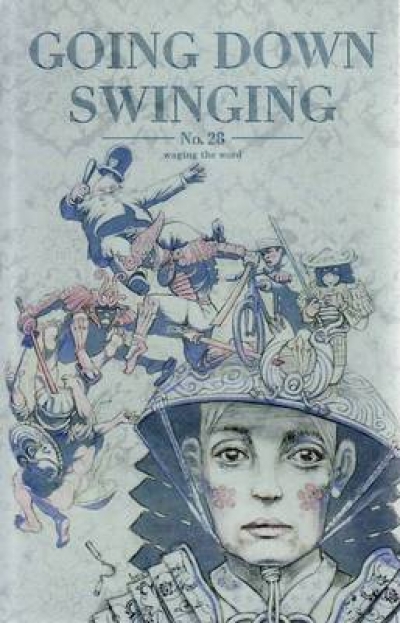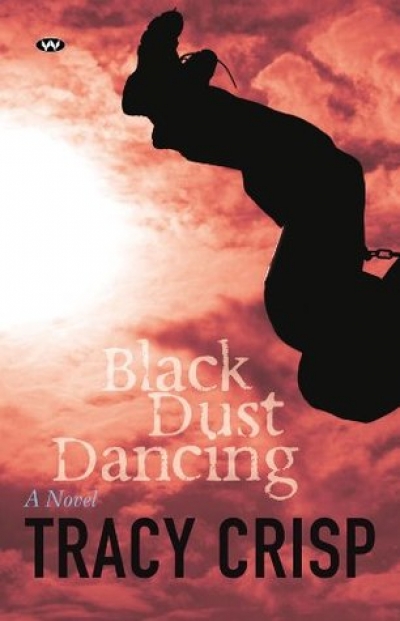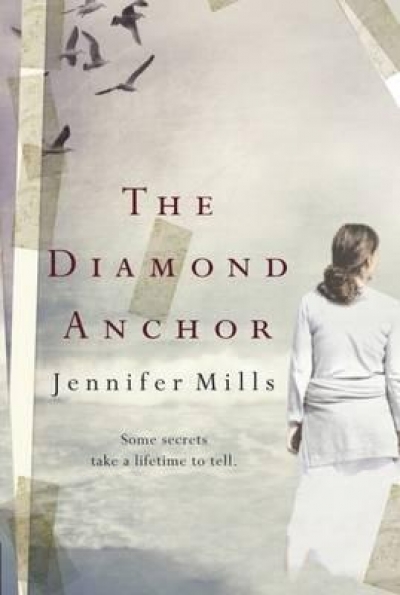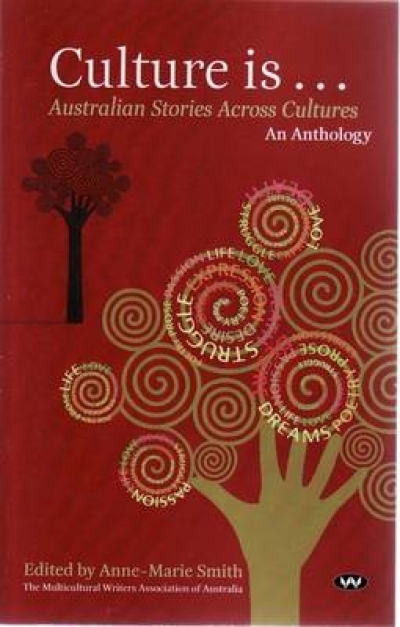Australian Fiction
Going Down Swinging, No. 28 edited by Lisa Greenaway and Klare Lanson
by Tim Howard •
The Diamond Anchor by Jennifer Mills & The China Garden by Kristina Olsson
by Kate McFadyen •
There was a party when I first came to this country. The table was heavy with plates of pizza and chicken balls and Turkish dips with sticks of celery that no one touched. Balloons clustered on the ceiling, trying to escape the heat of the room. A badly lit fire in the fireplace sent out curls of smoke, and a double-bar radiator sat burning in the opposite corner.
‘This is my Filipino brother-in-law, Enrico,’ Alan said each time he introduced me, grasping my arm or giving me a playful punch. At that point, the person I was meeting would clap my shoulder and say, ‘Welcome to Australia!’ as if they had rehearsed this gesture for my arrival.
... (read more)Culture Is …: Australian stories across cultures edited by Anne-Marie Smith
by Michael Jacklin •
The Sleepers Almanac, No. 5 edited by Zoe Dattner and Louise Swinn & New Australian Stories by Aviva Tuffield
by Georgina Arnott •









